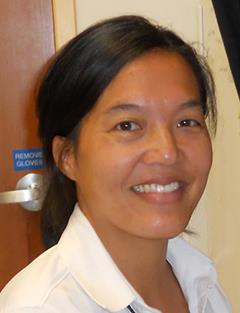The Lucy Liaw Lab
Our research focuses on cellular interactions and signaling and molecular mechanisms that impact cardiovascular disease. In particular, we are interested in cells of the vessel wall and the surrounding perivascular adipose tissue (PVAT). The blood vessel and surrounding adipose tissue form a local vascular microenvironment that regulates susceptibility to vascular disease.
